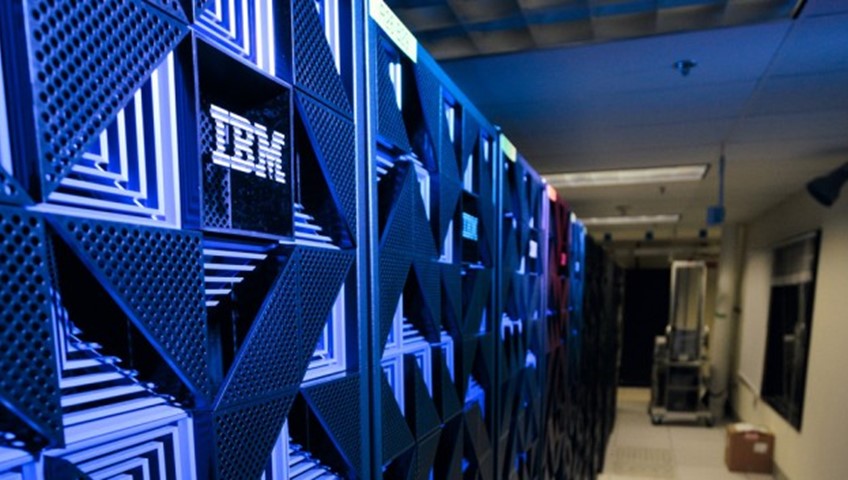
IBM leaves the x86 market at long last: Lenovo’s $2.1 billion acquisition approved
Lenovo has finally received approval from US and EU regulators for its acquisition of IBM’s low-end x86 server business. The $2.1 billion acquisition should be finalized by Wednesday this week (October 1). The original story, when IBM originally announced its intention to sell its x86 server group to Lenovo in January, remains below.
Original story
IBM has announced the sale of Big Blue’s x86 server division to Chinese manufacturer Lenovo, thus terminating IBM’s long-running relationship (and one-time rivalry) with Intel and freeing the company to further focus on its software and service divisions. The deal only covers IBM’s x86 server business; the company will retain control of its own Power-based servers and hardware (which still make a boat load of cash). Its research and development arm should be unaffected.
It’s only been a year since IBM was posting record gains in sever market share, but those gains have been obliterated by significant drop-offs in x86 server revenue. According to IBM’s Q4 transcript, revenue fell $750 million in Q4 from hardware sales, and $1.7 billion year on year. Not all that decline is attributed to x86 — System z sales were hit as well — but it’s a hard hit for the company.
Thus, IBM is doing in servers what it did years ago in desktops and laptops — getting out, rather than attempting to compete on margins. This chart is from last September, but it shows the stark contrast between the non-x86 server market (where IBM dominates) and the x86 market, where it’s a niche player.
As for Lenovo, buying IBM’s server business fits neatly with the company’s efforts to expand its own product base. ThinkPad was an excellent purchase for the Chinese company (also acquired from IBM), and while its greatly expanded (and some wouwld argue, diluted) the original ThinkPad branding, it still maintains multiple SKUs with “classic” ThinkPad styling. The company undoubtedly hopes to use IBM’s server division to similar good effect, inheriting the customers and brand halo while working to create its own new products.
Is the server market headed for commoditization?
What’s striking about IBM’s decision to exit servers is that the enterprise and business server market have been some of the last holdouts from the rampant price cuts that have eviscerated profits on first desktops and laptops. IBM left the desktop market before net profits fell to the 1-3% range, where they currently sit. It got out of laptops ahead of the same trend. A year ago, the average laptop price in the US was $429, and that was up slightly from the year before.
Intel’s attempt to rejuvenate the laptop ASP (average selling price) with its ultrabook program may have enjoyed limited success, but it didn’t alter the trajectory of the market. Facebook, meanwhile, is pushing an Open Compute initiative with a stated goal of reducing server costs and avoiding unnecessary duplication of resources. Said duplication, while a negative from the server infrastructure side, can be extremely profitable for a manufacturer.
By finally exiting the x86 server market, IBM is giving notice that it doesn’t think profit margins or sales will recover sufficiently to justify staying active in the market. Plenty of manufacturers have continued operating in desktops and laptops since Big Blue’s departure, but in each case, IBM’s exit marked a steady decline in profits. Much of Intel’s profits derive from the sale of small-volume, high-margin hardware into the enterprise and HPC markets. If these trends don’t reverse, it could challenge Chipzilla’s bottom line in a way that desktop declines haven’t.
Presumably Lenovo will continue with the rollout of new SanDisk ULLtra DIMMs that we ironically just covered. Continuing business operations are unlikely to be impacted in the short term, as maintaining consistent service is vital to winning customer trust in these markets.

